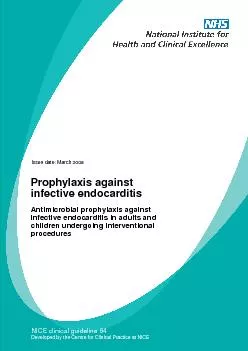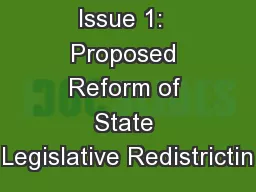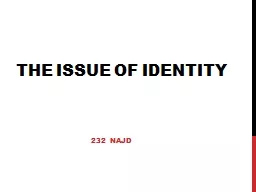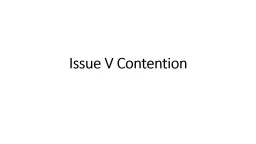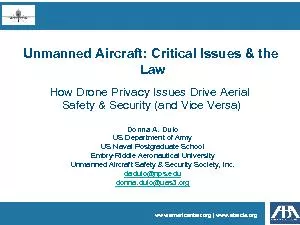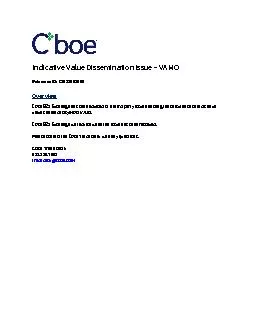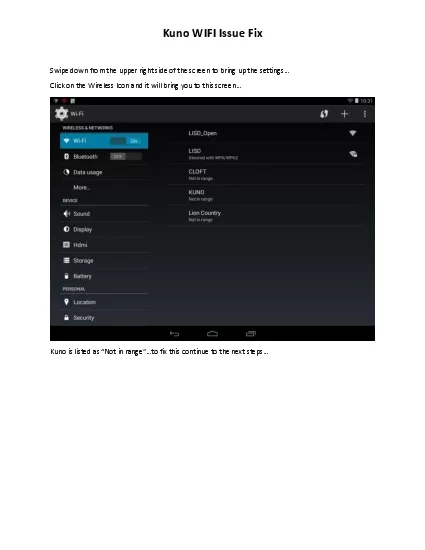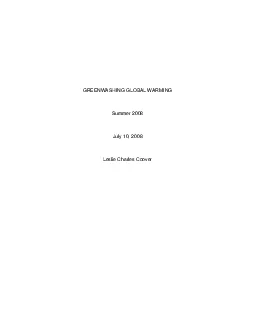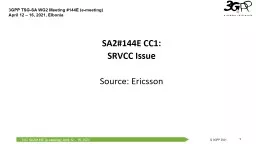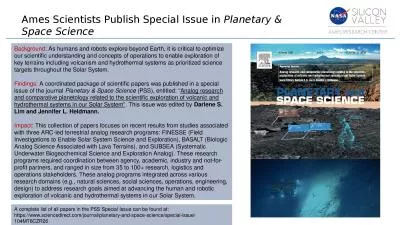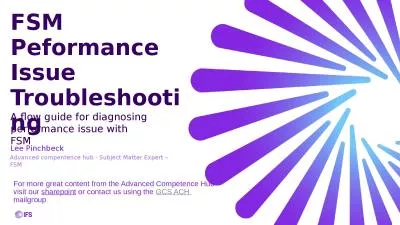PDF-Issue dateMarch 2008
Author : tatiana-dople | Published Date : 2017-01-14
NICE clinical guideline 64 Developed by the Centre for Clinical Practice at NICE Prophylaxis against infective endocarditis ntimicrobial prophylaxis against infective
Presentation Embed Code
Download Presentation
Download Presentation The PPT/PDF document "Issue dateMarch 2008" is the property of its rightful owner. Permission is granted to download and print the materials on this website for personal, non-commercial use only, and to display it on your personal computer provided you do not modify the materials and that you retain all copyright notices contained in the materials. By downloading content from our website, you accept the terms of this agreement.
Issue dateMarch 2008: Transcript
Download Rules Of Document
"Issue dateMarch 2008"The content belongs to its owner. You may download and print it for personal use, without modification, and keep all copyright notices. By downloading, you agree to these terms.
Related Documents

